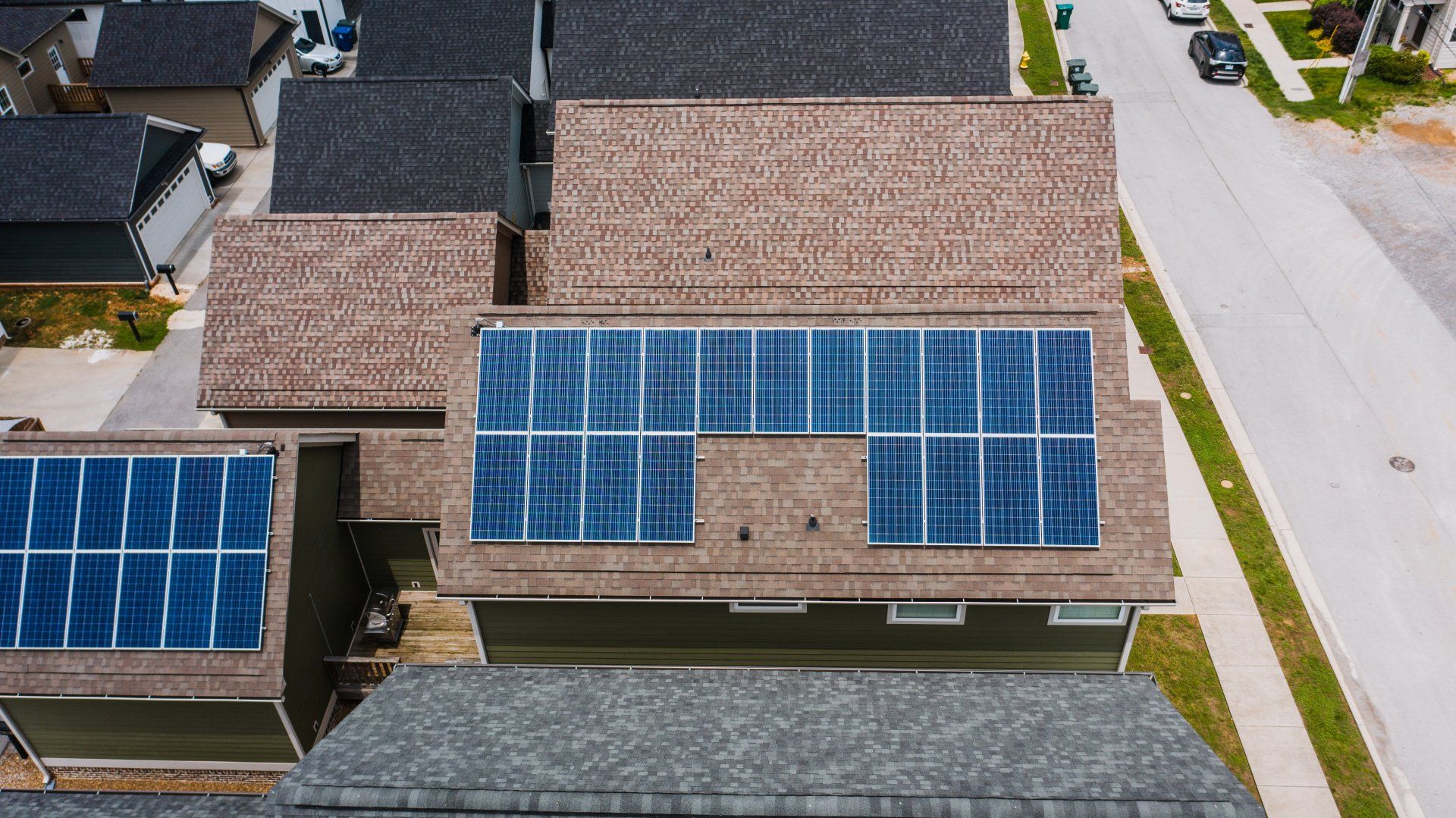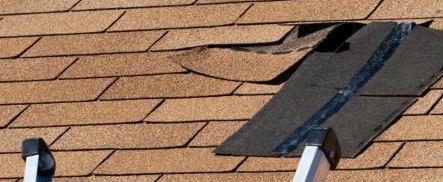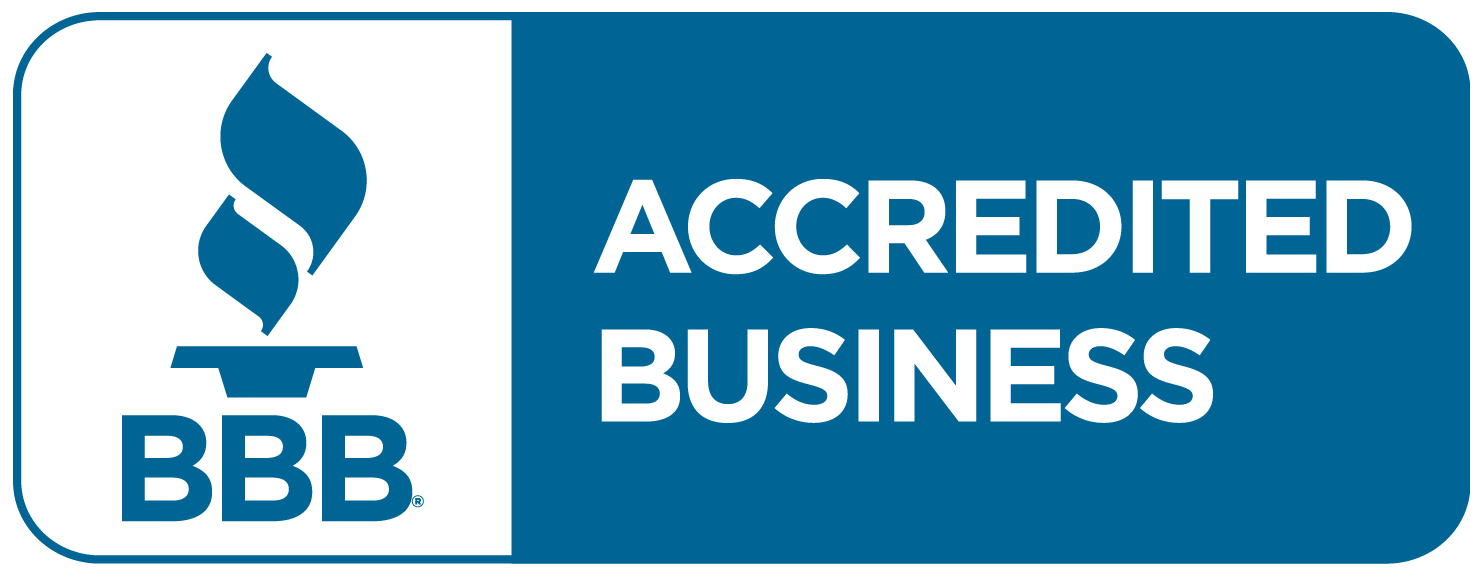Fully Licensed & Insured Central PA Roofing Contractor #115867 - CALL (717) 825-7751
9 Signs You Need to Call a Rubber Roof Repair Company
In Lancaster PA, rubber roofing has become an increasingly popular choice due to its durability, energy efficiency, and ease of maintenance. Like any other roofing material, rubber is not immune to damage and deterioration over time like any other roofing material. Knowing when to call a professional rubber roof repair company in Lancaster, PA, is important.
Rubber roofs are a popular choice among American homeowners for both residential and commercial buildings. This is likely due to the fact that modern rubber roofing materials are designed to withstand UV irradiation, heavy rains, snow, frosts, hot weather, and heavy loads. It is often wrongly assumed that flat roofs covered with rolled rubber or PVC membranes are not durable against sun exposure and can be negatively impacted by extreme temperatures.
How popular is rubber roofing material? The estimated amount of EPDM rubber roofing installed each year is 1+ billion square feet. Source: choiceroofcontractors.com
Roof Repair or Replacement for Residential or Commercial Use
Although new rubber roofs can handle the elements well, what should you look for when it comes to ruubr or flat roof inspections and wear? Here are nine common signs to look for when it comes to rubber roofing that will let you know that it's time to contact a local roofing expert:
1. Aging Roof
One indicator that may suggest the need for a rubber roof repair company is the age of the roof. A properly maintained rubber roof can last up to 50 years. If your roof is approaching or has exceeded this age, it could be advisable to contact a professional to evaluate its state and guarantee it is still performing efficiently.
2. Visible Cracks or Tears
Rubber roofs are resistant to weather damage, but they can still develop cracks or tears over time. These issues can allow water to enter your home, causing more damage. If you notice any cracks or tears in your roof, contact Sunnyside Roofing for a free inspection.
3. Ponding Water
One common issue for flat rubber roofs is ponding or standing water, which occurs when the roof's drainage system is clogged or insufficient, resulting in water accumulation. If not addressed, ponding water can cause damage to the roof membrane and potentially lead to leaks or structural issues.
4. Interior Water Damage
Water stains on ceilings or walls are often a sign of a leak in the roof, which can be caused by various factors like tears, punctures, or loose seams in a rubber roof. It is advisable to contact a roofing professional like Sunnyside promptly upon noticing signs of interior water damage.
5. Blisters on the Roof Surface
Blisters on a rubber roof may be a sign of trapped moisture or air, causing the material to bulge. While minor blisters may not pose immediate risk, larger ones can potentially result in roof leaks. It is recommended to have a professional inspect and fix these blisters to prevent further complications.
6. Loose or Damaged Flashing
Flashing is a protective measure used on roofs to prevent water from seeping in at vulnerable areas like edges, corners, vents, and chimneys. If flashing is damaged or loose, it can allow water to enter and cause leaks and damage inside.
7. Damaged Roof Accessories
Roof accessories like vents, skylights, and chimneys play an important role in the functionality of your roofing system. If they are damaged or not properly sealed, it can result in roof leaks and other problems.
8. Loose Seams
Rubber roofs are typically installed in large sheets and may experience loosening or separation of seams over time due to weather exposure and temperature fluctuations. It is important to address loose seams promptly as they can be a common source of water infiltration.
9. Increased Energy Bills
An increase in energy bills could be attributed to a damaged roof affecting the insulation efficiency of your home. Contact a professional rubber roof repair company to assess and address any issues.
Common Questions We Get About Rubber Roofing
-
How do you repair a rubber roof?
Repairing a rubber roof requires a specific approach due to its delicate nature compared to other roofing materials. Begin by thoroughly inspecting the roof for any signs of damage. Utilize an adhesive rubber patching material to mend any holes or cracks in the roof. This material is readily available at local home improvement stores. In addition, you could apply a liquid roof coating across the entirety of the roof surface to fortify it against future leaks, however, note that the coating won't achieve immediate watertightness and may require several days to dry completely. Repairing a rubber roof can be a messy task. If you prefer to sidestep the labor and cleanup involved, our professional roofing services are at your disposal. We strive to simplify your workload, allowing you to focus on your core business activities. Trust you roof to a local expert who serves Lancaster County PA.
-
What is a TPO rubber roof?
A TPO rubber roof is a popular choice for commercial and residential buildings due to its durability, flexibility, and ease of installation. The thermoplastic polyolefin material provides a strong barrier against the elements, protecting the structure from UV rays, extreme temperatures, and moisture. Despite its name suggesting it is a plastic material, TPO is actually made of rubber compounds such as polypropylene and ethylene-propylene rubber which contribute to its strength and longevity.
One of the advantages of a TPO roof is its versatility in installation methods. Whether you choose to use adhesives or mechanical fasteners, TPO can be easily installed on various types of roofs. Additionally, the heat welding capability allows for seamless joins around chimneys and other structures, creating a watertight seal. Its resistance to corrosion and degradation means that it will maintain its integrity over time without needing extensive maintenance like pressure washing or treatments to prevent mildew growth. Overall, a TPO rubber roof offers durability, low maintenance requirements, and long-lasting protection for any building structure.
-
How long does a rubber roof coating last?
While rubber roof coatings offer a great way to extend the life of your roof, their lifespan can vary depending on a few things. Generally, you can expect them to last anywhere from 10 to 20 years. The thickness of the coating itself plays a big role in that estimate. The other key factor is maintenance. By keeping your roof clear of debris and addressing minor cracks or tears promptly, you can prevent them from worsening and potentially needing a complete recoating, ultimately extending the lifespan of your roof.
-
What are the common problems with rubber roofs?
While rubber roofs are known for their toughness and affordability, they can experience certain issues over time. One major concern is improper installation. Rubber roofing requires specific techniques to create a watertight seal, and mistakes during installation can lead to leaks later on. Rubber roofing can also shrink slightly as it ages, causing it to pull away from edges and seams, which creates openings for water to seep in. Tears and punctures from foot traffic, hail, or debris are other threats, compromising the roof's integrity. Even properly installed seams can become a weak spot if the adhesive fails or sealing is inadequate. Flat rubber roofs are also prone to ponding water. If the water isn't directed away properly, it can pool and deteriorate the roof prematurely, potentially causing leaks. The final common issue is the lack of maintenance. Regular inspections and addressing minor problems as they arise are crucial for any roof. Ignoring these can allow small issues to snowball into more expensive repairs down the road.
-
Can you pressure wash a rubber roof?
While pressure washing might seem like a quick fix for cleaning a rubber roof, it's actually not the best idea. Using high water pressure can easily tear or puncture the delicate rubber membrane, leaving you with a bigger problem than just a dirty roof. The seams where different sections of the rubber roofing is joined can also become separated due to the pressure wash. Some professional roofers offer a low-pressure spray method that uses a cleaning solution and a wide fan nozzle. If you're a DIYer, you can clean your rubber roof yourself using a soft-bristled brush and a specially formulated roof cleaner. It might take a bit longer than pressure washing, but it's a much safer option for the longevity of your roof. If you're not comfortable cleaning the roof or don't have the right equipment, consulting a professional roofer is always the best course of action.
Conclusion
Regularly monitoring and addressing roof issues will help extend the lifespan of your rubber roof and maintain the safety of your home or commercial property. In addition, we recommend contacting a professional rubber roofing repair company in Lancaster, PA like Sunnyside Roofing for expert advice, installation, and quality repairs to ensure the longevity and functionality of your rubber roof. Don't wait until it's too late – address any signs of wear or damage promptly to avoid costly repairs in the future.
If you have concerns about your rubber roof and are local to central Pennsylvania, feel free to contact us today to arrange a complimentary roof inspection.
You might also like
Book a Service Today
We will get back to you as soon as possible
Please try again later
Expert Tips & Videos
Visitor our blog for tips to help homeowners with roofing and other projects.


All Rights Reserved | Sunnyside Roofing LLC
Website & Hosting by SovoWeb a division of RedXWebDesign





